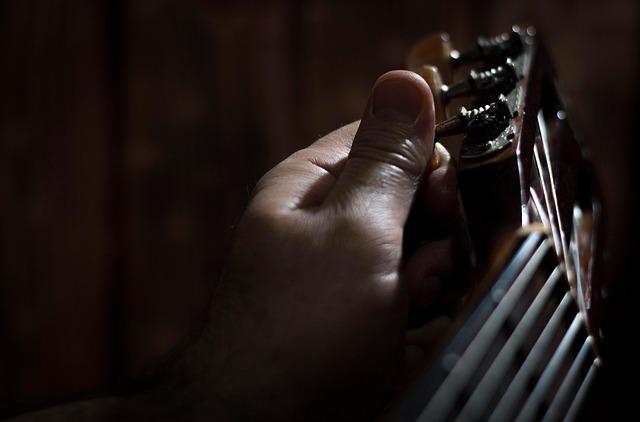Chitose Ame, a traditional Japanese candy, plays a central role in the celebration of children’s growth and longevity. Characterized by its long, thin shape and vibrant red and white colors, this sweet treat is handed out during the annual Shichi-Go-San festival, a rite of passage for three-, five-, and seven-year-old children. As families across Japan observe this centuries-old custom, Chitose Ame serves not only as a festive confection but also as a symbol of health and prosperity. This article explores the cultural significance of Chitose Ame and how it continues to embody hopes for children’s bright futures in contemporary Japan.
Chitose Ame Tradition and Its Symbolism in Japanese Culture
Chitose Ame, meaning “thousand year candy,” is an iconic symbol of longevity and healthy growth in Japanese culture, traditionally given to children during the Shichi-Go-San festival at ages three, five, and seven. These long, slender candies are usually wrapped in vibrant bags adorned with cranes and turtles – creatures revered for their association with longevity. Families believe that by presenting chitose ame, they are bestowing blessings for their child’s long life and stable future. The candy itself, made of rice syrup, is chewy and sweet, embodying the wish for sweetness and happiness in the child’s life journey.
The ritual surrounding chitose ame carries deep cultural significance, reflecting a collective hope for vitality amid Japan’s rich heritage of symbolism. Key elements include:
- The Bag Designs: Often illustrated with red-crowned cranes and sea turtles, animals believed to live for a thousand years.
- The Length of the Candy: The elongated shape represents a long and prosperous life.
- The Festival Timing: Integrated with the Shichi-Go-San rite, which honors important growth milestones at specific ages.
| Symbol | Meaning | Associated Age |
|---|---|---|
| Cranes | Longevity and good fortune | 3 and 7 years |
| Turtles | Endurance and stability | 5 years |
| Chitose Ame Candy | Sweetness and growth | All ages during Shichi-Go-San |
Regional Variations and Ingredients Shaping the Taste of Chitose Ame
Across Japan, the flavor and presentation of Chitose Ame vary significantly, influenced by local customs and available ingredients. In the Kansai region, for example, the candy tends to be softer and infused with gentle fruit essences like yuzu or sweet plum, lending a delicate aroma that complements the festive mood. Contrastingly, in the Kanto area, the sticks of red and white candy usually possess a firmer texture with a more pronounced sweetness, often achieved through the addition of malt syrup. These regional nuances reflect not only local palates but also the cultural heritage and natural produce of each area.
Several key ingredients contribute to these variations, each playing a distinct role in defining the Chitose Ame experience. Below is a snapshot of typical ingredients and their regional popularity:
| Ingredient | Role | Region |
|---|---|---|
| Rice syrup | Sweetener & smooth texture | Tohoku |
| Yuzu zest | Fragrant citrus notes | Kansai |
| Red bean paste | Subtle, earthy sweetness | Chubu |
| Sweet potato extract | Natural coloring and flavor | Kyushu |
Beyond ingredients, color significance also varies; while red and white are universally auspicious, some regions incorporate green tea flavors to invoke health and vitality. This harmonious blend of flavor, color, and texture across Japan exemplifies how Chitose Ame is more than just a treat – it’s a living symbol of regional identity and childhood blessings.
Where to Find Authentic Chitose Ame and Gift Recommendations for Families
For those seeking genuine Chitose Ame, traditional Japanese confectionery shops in Kyoto and Tokyo remain the most reliable sources. Specialty stores such as Ichiriki Chitose-dango and Kanro offer authentic, handcrafted candies, often packaged in their iconic long, cylindrical bags decorated with cranes and turtles, symbols of longevity and good fortune. Online platforms like Nippon.com Shopping or local Japanese marketplaces provide wider accessibility for international customers, ensuring that families around the world can partake in this cherished tradition without compromising authenticity.
When considering gifts for family celebrations, pairing Chitose Ame with complementary items heightens the festive spirit. Popular choices include
- Traditional wooden boxes engraved with the child’s name or birthdate, ideal for storing keepsakes.
- Decorative origami cranes, symbolizing health and longevity.
- Personalized message cards that express hopes for a child’s growth and happiness.
These gifts create a meaningful bundle that not only celebrates the sweet but also the values it represents, making the occasion memorable for the whole family.
To Conclude
Chitose Ame remains a cherished symbol of children’s growth and longevity in Japan, embodying both cultural tradition and sweet celebration. As families continue to observe this time-honored custom, the long, red-and-white candy serves not only as a festive treat but also as a meaningful token of hope and well-being. Through understanding the history and significance of Chitose Ame, readers gain insight into the enduring ways in which Japanese culture honors childhood milestones and nurtures the bonds between generations.




